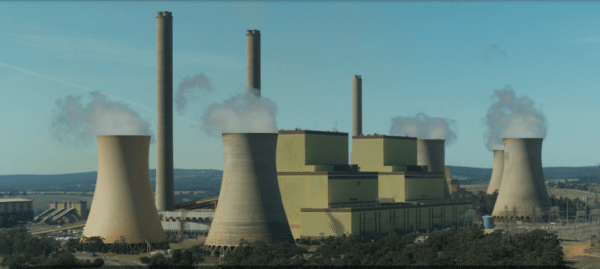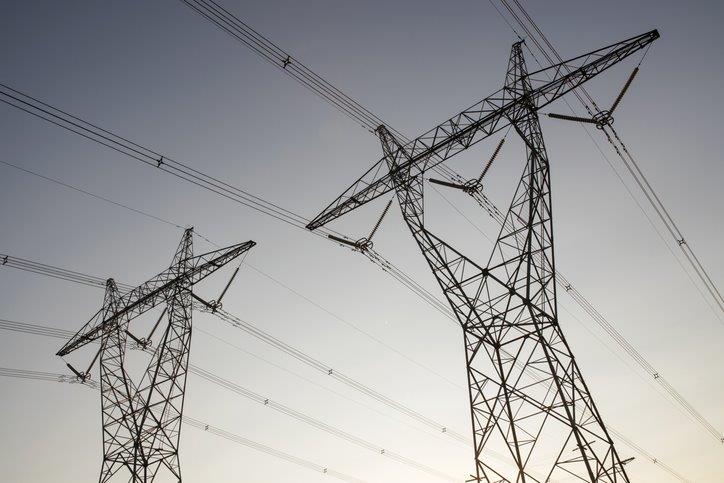The Energy Security Board (ESB) has handed its final advice on its Post-2025 Energy Market Design to federal and state energy ministers, declaring Australia’s energy market is in urgent need of reform with the entry of record levels of renewable energy needing to be coordinated with the exit of ageing coal-fuelled generation.
A collaborative work of the ESB, the Australian Energy Market Commission (AEMC), the Australian Energy Regulator (AER) and the Australian Energy Market Operator (AEMO), the reforms are aimed at “systematically modernising the market design and regulatory frameworks to meet the needs of the energy transition”.
ESB independent chair Kerry Schott said the proposals, developed in response to a request from energy ministers in 2019, are designed to support an orderly transition to a modern, new Australian energy system with a rapidly increasing growth in large- and small-scale renewable generation.
“This isn’t just a tweak around the edges, it’s about a whole redesign of the National Electricity Market (NEM),” she said.
“We all know reform isn’t optional. It is not something we can choose to do, it’s something we have to do to confidently embrace Australia’s energy future while reducing the risk of price shocks and blackouts.
“The clearer and more coordinated the path, and the smoother the transition, the more confidence consumers, industry, investors and governments will have.”
Schott said the final advice is a package of timely and interrelated reforms and actions to successfully integrate the transition to renewable generation already underway.
Included in the ESB’s draft report is a recommendation to impose a centralised strategic reserve across the NEM and that a decentralised capacity market be built around an “enhanced” retailer reliability obligation (RRO).
The ESB acknowledged in its summary of industry responses to the draft report that the bulk of the feedback received was not supportive of the capacity mechanism but have still included it in its recommendations.
Smart Energy Council (SEC) chief executive John Grimes told pv magazine the proposed mechanism could provide an incentive to keep coal generators operating for longer and needs to be shut down.
“The Energy Security Board is recommending a capacity mechanism against the advice of national and international experts,” he said.
“A capacity mechanism is a costly, unnecessary means to keep coal-fired generators open longer just when big batteries, the storage potential of electric vehicles and renewable hydrogen are taking off.
“The ESB’s advice goes against the best interests of Australians and against Australia meeting its Paris climate commitments.”

Greenpeace/Dale Cochrane
Federal Energy Minister Angus Taylor is among those who support the capacity mechanism, saying it “will be crucial to ensuring that we can absorb renewables into the grid without threatening reliability and affordability”.
“The pace and scale of changes underway in our electricity system is unprecedented, and it is essential that the NEM remains fit-for-purpose into the future in order to protect consumers from high prices and reliability risks as technologies in the energy sector change,” he said.
Grimes however disputed the need, saying establishing a strategic operating reserve would be sufficient.
“The National Energy Market does not need both a capacity market and a strategic reserve,” he said.
“A strategic operating reserve as the ESB has proposed is sufficient, together with the existing state government policies supporting storage, to keep the lights on.”
Other key areas of reform recommended by the ESB include improving the use and incorporation of rooftop solar and batteries and upgrading the transmission network to reduce congestions for new large-scale renewables.
“We must upgrade the transmission network to realise the opportunities,” Schott said.
“We are already well progressed down this path through changes to the way we plan and develop the national grid. Further reforms are required to make the most of the new grid, manage future congestion and connect the new generation and storage needed as efficiently as possible.”
Schott said the ESB will continue to work with the AEMC, AEMO and the AER to progress reforms to the National Electricity Rules while the broader advice is considered by governments.
The timing for the release of the final advice will be determined by the Energy National Cabinet Reform Committee with federal, state and territory ministers to consider the recommendations and present a package for consideration by National Cabinet later this year.
This content is protected by copyright and may not be reused. If you want to cooperate with us and would like to reuse some of our content, please contact: editors@pv-magazine.com.









1 comment
By submitting this form you agree to pv magazine using your data for the purposes of publishing your comment.
Your personal data will only be disclosed or otherwise transmitted to third parties for the purposes of spam filtering or if this is necessary for technical maintenance of the website. Any other transfer to third parties will not take place unless this is justified on the basis of applicable data protection regulations or if pv magazine is legally obliged to do so.
You may revoke this consent at any time with effect for the future, in which case your personal data will be deleted immediately. Otherwise, your data will be deleted if pv magazine has processed your request or the purpose of data storage is fulfilled.
Further information on data privacy can be found in our Data Protection Policy.